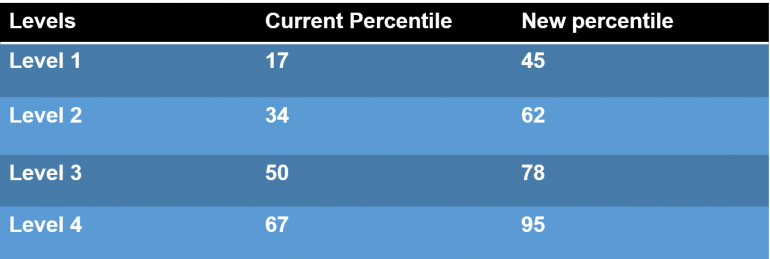The Trump administration’s two interim final rules that increased the wages of H-1B workers and tightened H-1B visa regulations to protect the jobs of American workers will, no doubt, have an impact on the IT and tech sector. Analysts said that these changes will mean additional costs and lesser margins for Indian IT firms.
The wage increase is effective from October 8, whereas the H-1B visa rule changes would come into effect 60 days later.
The cost has increased significantly from 17 percentile for entry-level workforce to 45 percentile. Similar changes could be observed at an experienced level as well.

These changes are significant for the IT industry. The US accounts for about 50-60 percent revenue for Indian IT firms.
According to the Department of Labor, H-1B workers account for about 10 percent of the IT workforce in the US. In software and computer-related occupations, the share is significantly high, the DOL report said.
Peter Bendor-Samuel, CEO, Everest Group, an IT consulting firm, explained that an increase in H-1B wages will bring downward pressure on margins as companies will not be able to pass on the higher cost to client visas, especially amidst the pandemic.
Yugal Joshi, Vice President, Everest Group, said: “The bigger issue is around compensation increase required now. Though most H-1B visa workers get paid more than stipulated, the gap now is much higher. This does impact financial modelling of IT companies.”
According to analysts, this could lead to a change in their hiring and internal management practices. With remote working becoming a norm, the need for sending resources onsite could come down. Currently, most IT firms have 60-65 percent local workforce in the US. This will increase in the coming years as well.
Joshi further added that as COVID-19 has changed the rules of the game, clients are becoming more comfortable working remotely. So, this may not have as much impact as it would have had before the pandemic, he added.
Will the remote work model help firms tide over H-1B woes?
With remote working gaining momentum, it is not clear if the sentiment towards it would continue in the post-pandemic world. That also applies for closing deals remotely, which has become a norm now.
Look at the Labor Condition Application (LCA) filed by the employers on behalf of its workers for H-1B work authorisation based on applications filed as of June 30, 2020 by the DOL. The report reveals that
Infosys has filed close to 7,615, followed by Cognizant at 20,192. TCS has filed close to 8,595 LCA for the period.
LCA is a work authorisation petition filed by an employer on behalf of an H-1B visa worker.
These indicate that despite the remote working culture, there would be a need for a workforce locally, an analyst said. As these rules make it harder to hire H-1B workers, IT firms will have to make changes to their model.
According to executives, it might not be optimal. In an earlier interaction with Moneycontrol, V Ramakrishnan, CFO, said that while the company can always find a way around, changing the model might not be the most optimum way of doing it.
IT industry body National Association of Software and Service Companies (NASSCOM) said that these changes could impact the US ecosystem. In a statement, the agency said that it will restrict access to talent and will harm the American economy, and slow down R&D into solutions to the COVID crisis.



 These changes are significant for the IT industry. The US accounts for about 50-60 percent revenue for Indian IT firms.
These changes are significant for the IT industry. The US accounts for about 50-60 percent revenue for Indian IT firms.